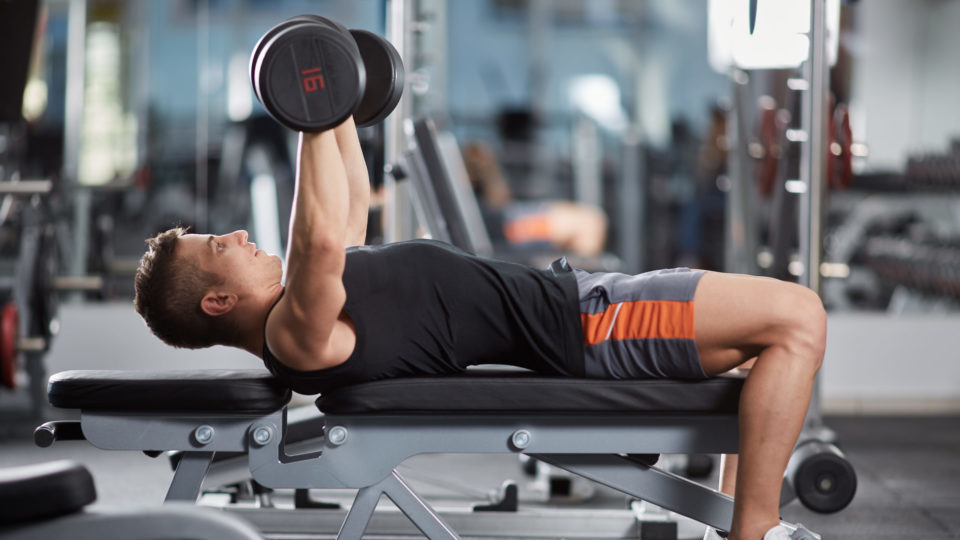P.H.A.T stands for Power Hypertrophy Adapitve Training. Like the name indicates the program is both for power/strength and muscles growth/hypertrophy. Most training programs targets either strength or muscles growth. When you train for strength you need to lift heavy weights very close to you maximum 1RM (what you can lift one time), you will only be able to do this a few times. On the other hand, when training for muscle growth you focus on volume. Many reps and lower weights than strength. The sweet spot for muscles growth is lifting 8-12 reps with a load of 75 to 80% to your 1RM. With P.H.A.T program you train for both strength and muscle growth. The designer of the P.H.A.T program Dr. Layne Norton believes that strength and muscles growth goes hand in hand. The stronger you are the heavier you can lift, the heavier you will lift the greater the volume in your muscle growth training. The same goes for muscles and strength. The more muscle mass you have the greater the strength you can produce. They are correlated and go hand in hand. You should train them together, this is what P.H.A.T is all about.

The training split is based on five different workouts per week. You start with strength training during the first two and then the following three are more muscle growth and volume based. The first two workouts are called Power workouts and they are split between Upper and Lower body. The following three hypertrophy workouts are split between Back and Shoulders, Lower Body and then a final Chest and Arms day. The muscles in your body will be trained two times per week which is great. On the other hand, five workout per week is a lot! You need to be really dedicated for the program to work. You workout will alos be pretty long so you need a lot of time in the gym but it will be worth it if you just put in enough work.
The program is not for beginners. You need to be familiar with the heavy lifts and your body needs to be used to tough training. We recommend it for people who have trained a least a year.
When it comes to increasing the load the program recommends a 2,5 kilo increase for upper body and a 5 kilo increase to lower body every week. This is for the heavy lifts. The isolation exercises can have a smaller increase but push the limits every week if you can perform all the reps.
When you have trained P.H.A.T for about 4 weeks you might need a deload week. Lower the weights and let your body recover before you start all over again.





































